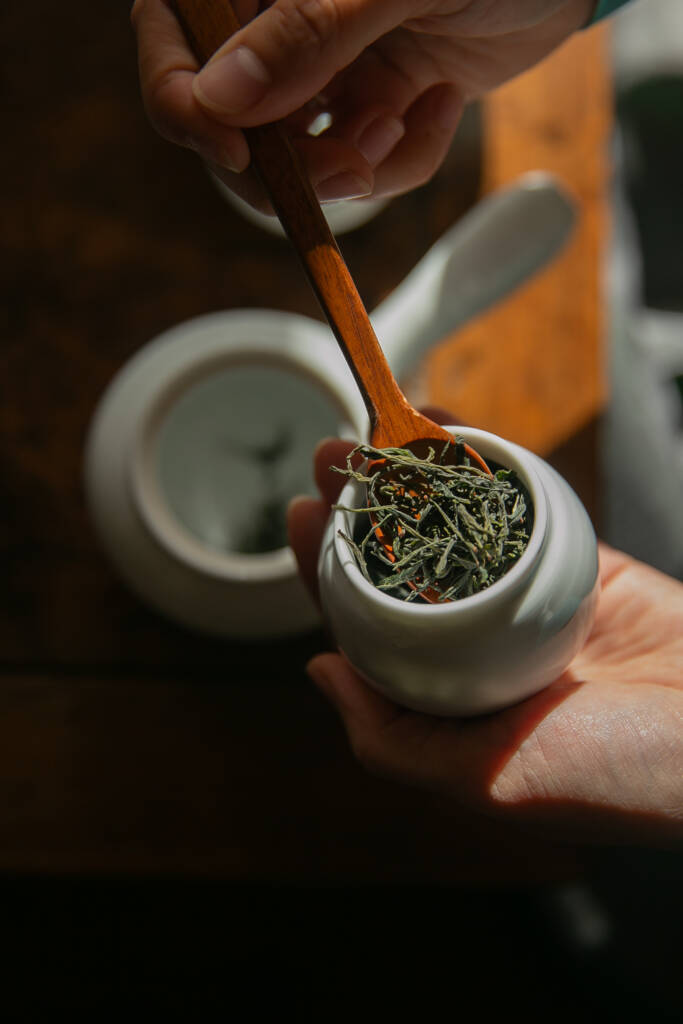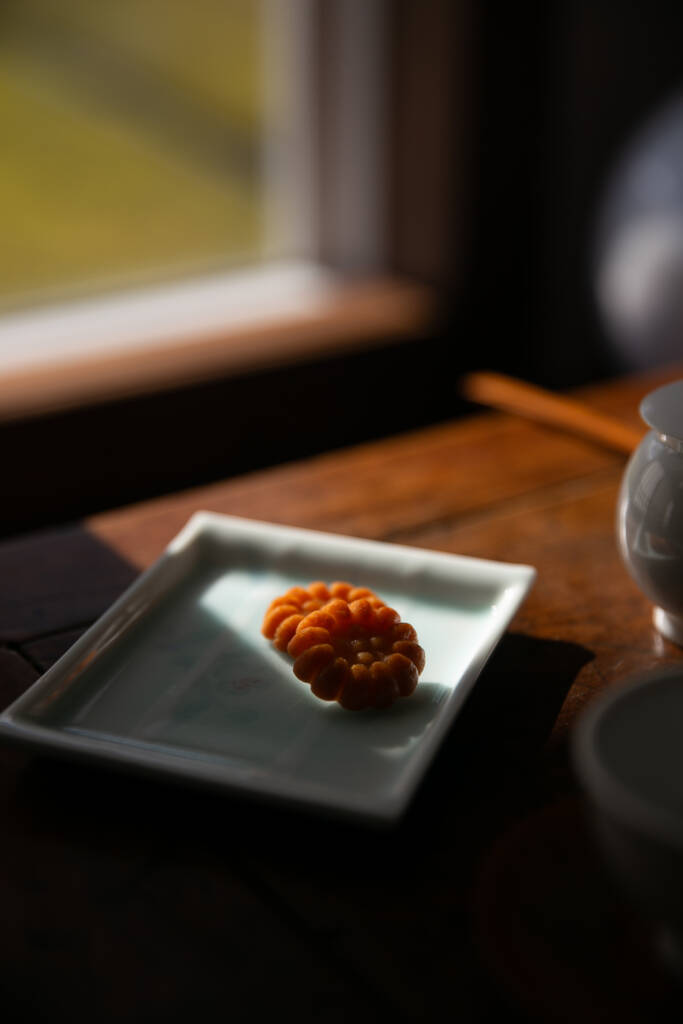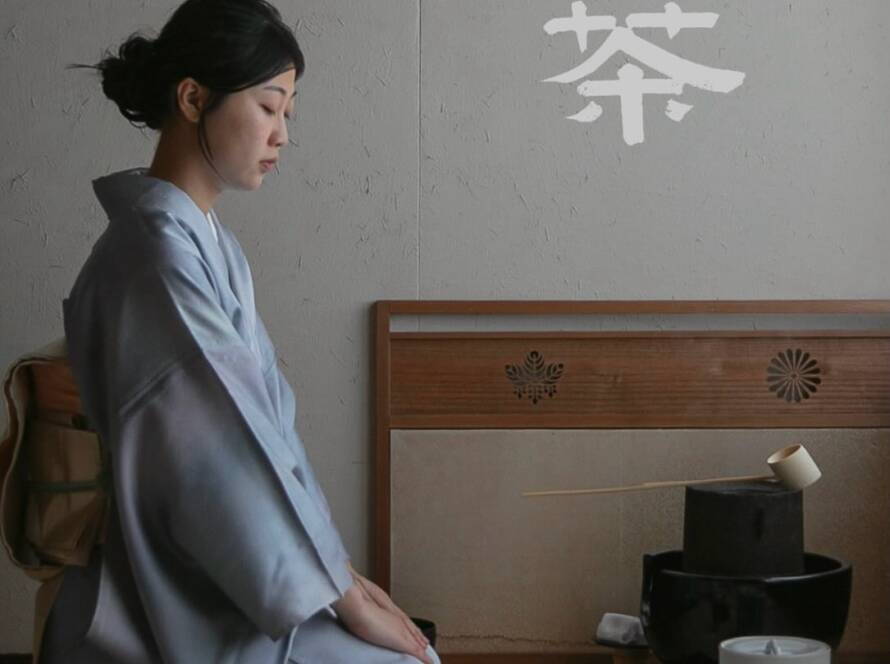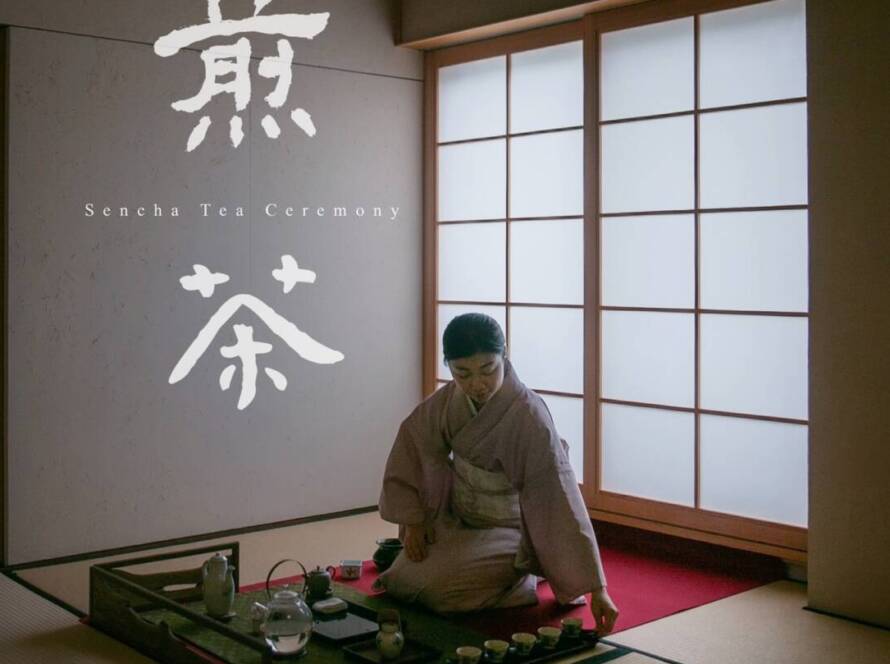Korea’s Darye (Tea Rite) originated in the domestic etiquette of women in yangban (scholar-official) households during the Joseon Dynasty.From receiving guests, serving tea and refreshments, to sending them off, the entire process was formalized into a ritual, becoming a traditional tea culture that practiced “ritual propriety” in daily life.
China’s tea culture is connected with Daoist philosophy, focusing on exploring the Dao and the principles of nature.Japan’s Chadō (Way of Tea) is rooted in Zen thought, emphasizing the cultivation of the heart and the aesthetics of wabi-sabi.In contrast, Korea’s Darye is grounded in Confucian culture, valuing ritual propriety and serving the function of maintaining family and social order.


In the Joseon period, women of yangban households were educated from an early age in ancestral rites and guest reception.Tea was regarded as an essential element of hospitality.The Tea Rite was not merely about drinking tea, but encompassed a disciplined method of preparing tea, a hierarchy of respect toward elders, and an educational system in which children learned manners and propriety.
Today, Darye has been designated as an Intangible Cultural Asset of Incheon City.Centered around the “Gyebang Darye Preservation Association,” it continues to be transmitted through activities and educational programs.


